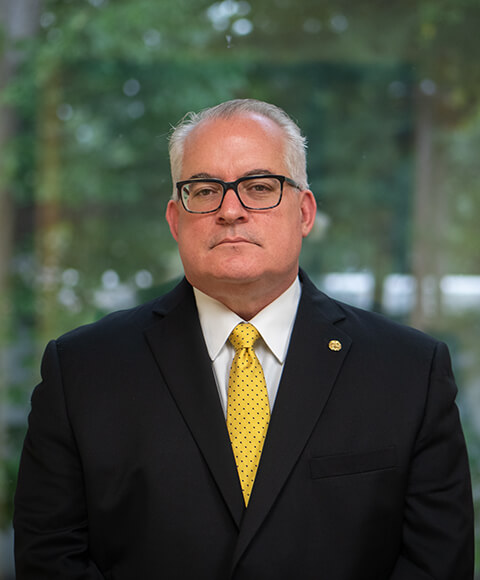At a D.C. awards ceremony for the federal Best Places To Work top-ranked agencies, a speaker spoke of tired employees, burnout, risk of attrition. I thought, gosh, maybe they should call those top rated agencies, “The Federal Places To Work That Don’t Suck.”
The feds I interact with — and I’ve interacted with thousands — tend to be engaged, proud of their work, committed.
But the speaker had a point. She noted the resilience of managers and executives in the recent three years. At that level, people have more discretion and control over their work. I don’t often get to talk to line level people, like those who stare at screens processing tax returns, or who live on edge because they might be shot by a drug smuggler. Perhaps a higher percentage of such people are upset with their work. That makes it incumbent on the managers to pay attention to how people who report to them are doing, and how their jobs can become more meaningful.
The average job engagement index dropped 5.6 points in the last two years. The sense of confidence that leaders will do something about engagement and satisfaction shortfalls was a crummy 42.9 points. Max Stier, president of the Partnership for Public Service, which compiles the Best Places To Work rankings, said that was the lowest number in the whole survey. So to management and especially the executive class: There’s your marching orders.
As General Services Administration Administrator Robin Carnahan put it at the breakfast, you’ve got to be intentional about discovering those actions that will help people get more engaged, to get more satisfaction out of their work.
Averages can hide the fact that some agencies consistently rank well in the best places to work scores. You know the usuals: NASA, Government Accountability Office, the Intelligence Community, General Services Administration, National Science Foundation, Office of Special Counsel, to name a few.
With the low ranking large departments, some components have excellent scores. The Justice Department’s Office of Inspector General and Tax Division, for instance.
IG offices seem to do well. Interior’s OIG outranks the department as a whole by nearly 20 points.
If anything, the Best Places to Work scores show the government isn’t one big blob, but rather a vast collection of organizations with widely ranging qualities. And keep in mind, the relative rankings aren’t static. The State Department has had overall indices ranging from a mediocre 59 to a promising 71. Now it’s at 61.8 in the latest rankings, below Interior, Air Force, Army and Agriculture. Agencies can change. Agencies like the Social Security Administration (53.9) and the Bureau of Prisons (35.5) need serious intervention.
At whatever level, most federal employees work under the same few pay, benefits and job governance plans. Although they’ve all been in place for decades, those foundational conditions aren’t static. Sometimes they change for the better.
A case in point: The Merit Systems Protection Board recently decided it would decide on cases brought to it under the Uniformed Services Employment and Reemployment Rights Act, known as USERRA. According to attorney Dan Meyer of Tully Rinckey, the Board had not been accepting reprisal and retaliation claims based on equal employment opportunity issues. But recently it said it would do so for veterans. He called it a big win and a substantial broadening of protection for federal employees who are veterans.
Meyers said the MSPB is using the retaliation standard of “sufficiently pervasive to alter the conditions of employment.” That will help keep cases out of the more expensive and time consuming courts.
Postal employees could eventually see slightly lower health care premiums, at least in 2025. Thanks to the Postal reform law enacted last year, the Office of Personnel Management must put Postal employees and retirees into a separate risk pool for purposes of the Federal Employee Health Benefits Plan. Postal people will have the same plans and coverage as everyone else. But, as John Hatton, a vice president at the National Active and Retired Federal Employees Association points out, the plans will shift more of the coverage burden to Medicare. That will have the effect of lowering costs, and therefore premiums, Hatton said.
Not huge changes, just a reminder that maybe the long arc of federal employment can sometimes bend toward improvement.





